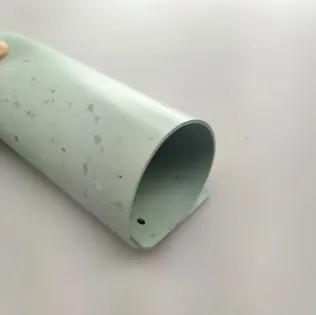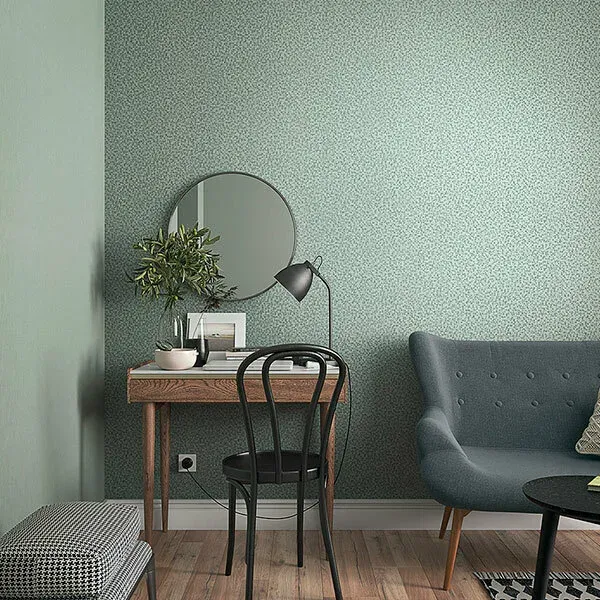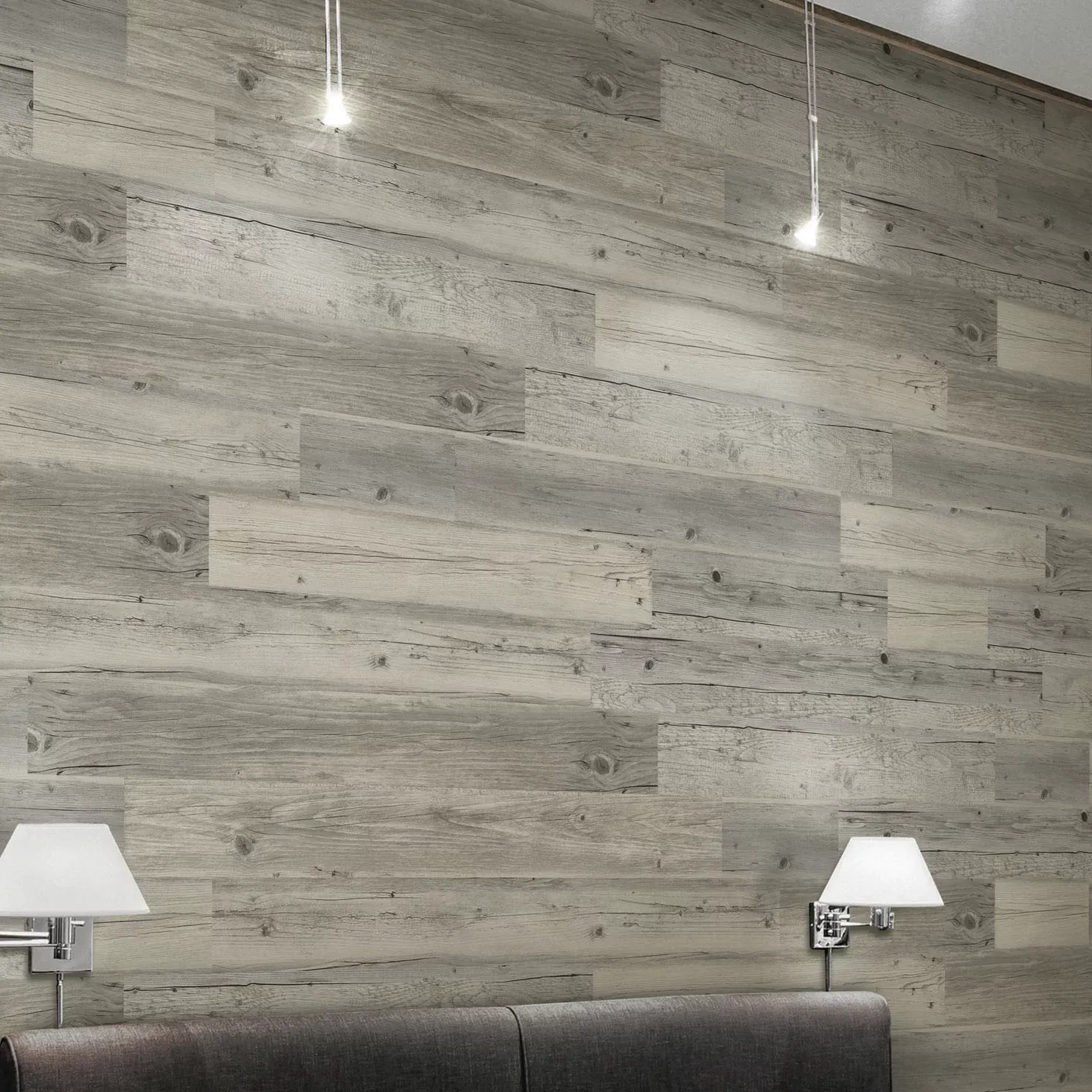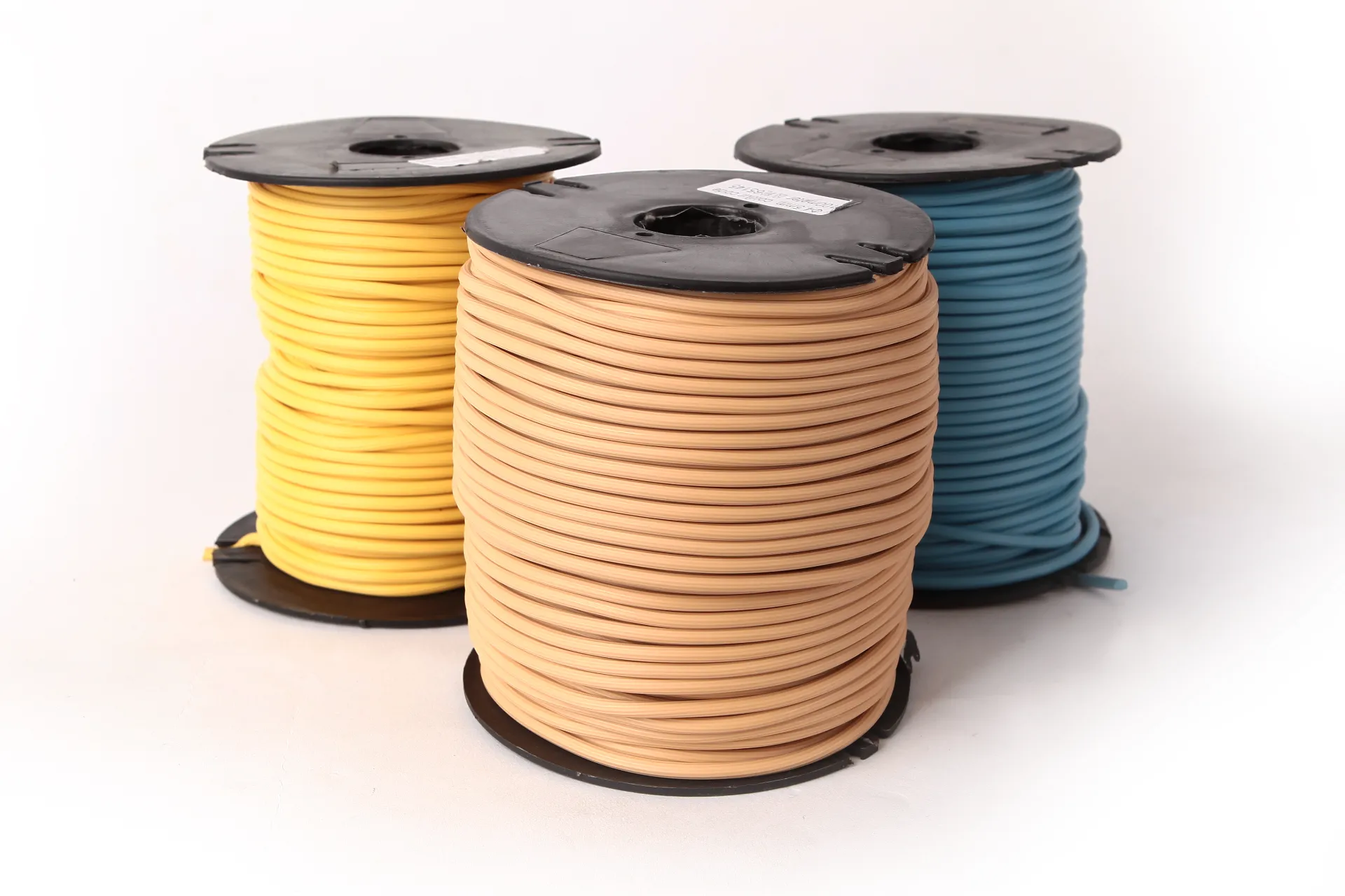
- Afrikaans
- Albanian
- Amharic
- Arabic
- Armenian
- Azerbaijani
- Basque
- Belarusian
- Bengali
- Bosnian
- Bulgarian
- Catalan
- Cebuano
- Corsican
- Croatian
- Czech
- Danish
- Dutch
- English
- Esperanto
- Estonian
- Finnish
- French
- Frisian
- Galician
- Georgian
- German
- Greek
- Gujarati
- Haitian Creole
- hausa
- hawaiian
- Hebrew
- Hindi
- Miao
- Hungarian
- Icelandic
- igbo
- Indonesian
- irish
- Italian
- Japanese
- Javanese
- Kannada
- kazakh
- Khmer
- Rwandese
- Korean
- Kurdish
- Kyrgyz
- Lao
- Latin
- Latvian
- Lithuanian
- Luxembourgish
- Macedonian
- Malgashi
- Malay
- Malayalam
- Maltese
- Maori
- Marathi
- Mongolian
- Myanmar
- Nepali
- Norwegian
- Norwegian
- Occitan
- Pashto
- Persian
- Polish
- Portuguese
- Punjabi
- Romanian
- Russian
- Samoan
- Scottish Gaelic
- Serbian
- Sesotho
- Shona
- Sindhi
- Sinhala
- Slovak
- Slovenian
- Somali
- Spanish
- Sundanese
- Swahili
- Swedish
- Tagalog
- Tajik
- Tamil
- Tatar
- Telugu
- Thai
- Turkish
- Turkmen
- Ukrainian
- Urdu
- Uighur
- Uzbek
- Vietnamese
- Welsh
- Bantu
- Yiddish
- Yoruba
- Zulu
La Plej novaj Tendencoj en Komerca Planko: Daŭripovo kaj Fortikeco
In today’s fast-evolving commercial space, businesses are increasingly focusing on flooring solutions that not only enhance the aesthetic appeal of their environments but also offer practical benefits like sustainability, durability, and low maintenance. As organizations prioritize environmentally responsible practices and long-term cost-effectiveness, the demand for flooring materials that meet these criteria has surged. Here’s a closer look at the latest trends in komerca planko, elstarigante daŭripovon kaj fortikecon kiel esencajn konsiderojn por entreprenoj.

Daŭrigeblaj Plankomaterialoj: Kreskanta Postulo Pri Komerca Planko
Ĉar daŭripovo iĝas centra fokuso tra diversaj industrioj, komerca oficeja planko elektoj vidas signifan ŝanĝon al ekologiaj solvoj. Komercoj elektas materialojn, kiuj estas akiritaj respondece, reduktas karbonajn spurojn kaj ofertas recikleblon ĉe la fino de sia vivociklo.
One of the top choices in sustainable flooring is recycled content flooring. This includes options like recycled rubber flooring, which is made from discarded tires, and recycled vinyl flooring. These materials help reduce waste while providing a durable surface suitable for high-traffic areas. In addition to recycling old materials, many manufacturers are now using biodegradable and renewable resources such as bamboo, cork, and linoleum. These natural materials not only provide a sustainable flooring solution but also bring a unique aesthetic to commercial spaces, making them ideal for office buildings, retail stores, and hospitality environments.
The trend toward sustainability also extends to the use of low-VOC (volatile organic compound) products. Low-VOC flooring options, such as water-based finishes and non-toxic adhesives, have gained popularity due to their ability to improve indoor air quality and contribute to healthier work environments. For businesses that prioritize eco-friendly practices, these sustainable choices align well with their broader environmental goals.
Fortikeco: Kerna Prioritato por Alttrafikaj Areoj Pri Komerca Planko
En ajna komerca medio, komerca vct planko needs to stand up to heavy use, particularly in high-traffic areas such as offices, retail stores, hospitals, and schools. The latest trends in commercial flooring emphasize the importance of durability to withstand wear and tear while maintaining a professional appearance over time.
Luxury vinyl tiles (LVT) and vinyl composition tiles (VCT) have become go-to solutions for businesses in need of both durability and style. These products are engineered to resist scratches, stains, and scuffs, making them perfect for environments where floors are subjected to constant foot traffic. LVT, in particular, offers the added benefit of resembling hardwood or stone, offering the aesthetic appeal of premium materials without the high price tag or upkeep.
Alia daŭra opcio estas kaŭĉuka planko, vaste uzata en gimnazioj, saninstalaĵoj kaj edukaj institucioj. Kaŭĉukaj plankoj provizas bonegan reziston al efiko, abrazio kaj humideco. Ĉi tio igas ilin taŭgaj por medioj kie peza ekipaĵo aŭ maŝinaro estas uzataj, same kiel areoj, kiuj postulas glitigan reziston por sekureco. Aldone, kaŭĉuka planko estas relative facila por konservi, postulante nur regulan purigadon por ke ĝi aspektu nova.
Kahela planko, precipe porcelano kaj ceramiko, daŭre estas bazvaro por entreprenoj serĉantaj fortikecon. Konata pro sia malmola naturo, kahelo estas imuna al akvodamaĝo, makulo kaj grataĵoj, igante ĝin ideala por lokoj kiel restoracioj, podetalaj vendejoj kaj eĉ medicinaj instalaĵoj.
Hybrid Flooring Solutions: Kombinante Daŭripovon kaj Fortikecon Pri Komerca Planko
In recent years, hybrid flooring solutions have emerged as a popular choice, combining the best of both worlds: sustainability and durability. These floors integrate multiple materials to enhance performance while keeping environmental impact in check.
Unu tia solvo estas kork-bazita planko, kiu miksas la naturajn trajtojn de korko kun aliaj daŭrigeblaj materialoj por krei fortikan surfacon, kiu estas rezistema al eluziĝo. Korko estas nature renovigebla, malpeza, kaj ofertas bonegajn termikajn kaj akustikajn ecojn, igante ĝin ideala por oficejoj kaj spacoj, kiuj postulas bruoredukton.
Alia hibrida tendenco estas bambua planko. Bambuo estas unu el la plej rapide kreskantaj plantoj, igante ĝin bonega renovigebla rimedo por planko. Ĝi ankaŭ estas tre daŭra kaj havas elegantan, modernan aspekton kiu funkcias bone en nuntempaj oficejaj dezajnoj. Bambuaj plankoj ne nur estas daŭrigeblaj, sed ankaŭ ofertas rimarkindan fortikecon, ofte daŭrantajn tradiciajn malmolajn eblojn.
Malalta Bontenado kaj Longtempa Kostefikeco Pri Komerca Planko
A key factor driving the trend toward sustainable and durable flooring is the growing emphasis on low-maintenance solutions. For businesses, reducing maintenance time and costs is crucial, particularly for high-traffic environments. Flooring that requires minimal upkeep, such as polished concrete or epoxy flooring, continues to gain popularity. These materials are easy to clean and maintain, and they can last for decades when properly cared for.
Concrete flooring, especially when polished or treated with a protective sealant, provides a sleek and durable surface that can withstand significant wear. It is also resistant to stains, spills, and scratches, which makes it a long-term investment for commercial spaces. Moreover, concrete’s energy efficiency—thanks to its ability to absorb and retain heat—can reduce heating and cooling costs, adding to its long-term cost-effectiveness.
Flooring Innovation: Smart Flooring Solutions Pri Komerca Planko
Beyond traditional sustainable and durable materials, smart flooring solutions are making waves in the commercial sector. These innovative products combine advanced technology with high-performance materials to deliver both functionality and environmental benefits.
For example, smart flooring systems equipped with sensors can track foot traffic, detect wear patterns, and even adjust the temperature of the floor to improve energy efficiency. This technology allows businesses to monitor the condition of their floors, optimize maintenance schedules, and reduce long-term costs. Smart flooring is especially beneficial in commercial buildings, where optimizing energy use and maintaining floor integrity is crucial.
-
Masking Tape: Clean Removal, Precision Lines, Pro-GradeNov.10,2025
-
Skirting: MDF, Oak & SPC | Durable, Easy-FitNov.10,2025
-
Commercial VCT Tile Flooring – Durable, Low-MaintenanceNov.10,2025
-
LVT Vinyl Floors – Waterproof, Scratch‑Resistant, Easy ClickNov.10,2025
-
Masking Tape - Pro-Grade, Clean Removal, Crisp LinesNov.10,2025
-
Premium Masking Tape - Sharp Lines, Clean RemovalNov.10,2025



